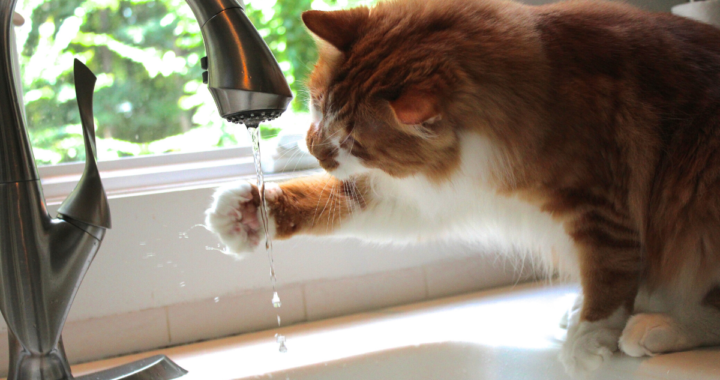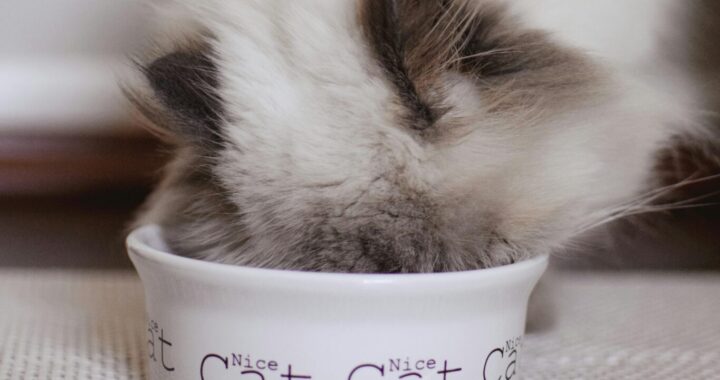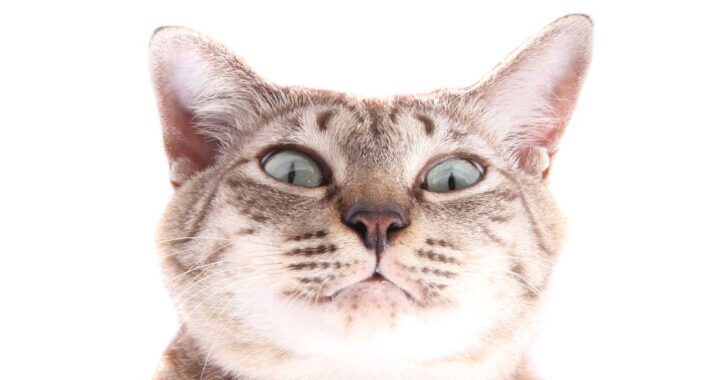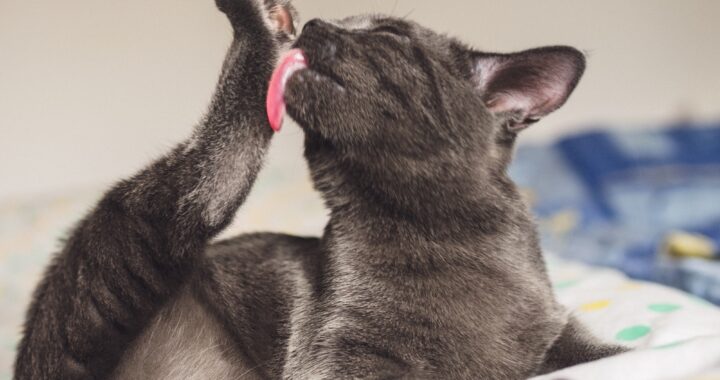Learn about your cat’s unique relationship with her water bowl and how you can help keep kitty’s kidneys healthy.
One of the simplest ways to help keep your cat happy and healthy is to make sure they’re staying properly hydrated. According to Dr. Celeste Clements of the Pet Health Network, more than a third of adult cats are affected by kidney disease, and sometimes the signs can be difficult to detect. While feline renal failure can be caused by a variety of factors, both acute and progressive, there are a number of actions you can take to address your cat’s hydration and help keep their kidneys functioning properly.
The “Snap Back” Test
Are you unsure whether your cat is dehydrated or not? The classic test for dehydration in cats is easy to try at home – we call it the “Snap Back” Test. Just take a pinch of skin over your cat’s shoulders and pull up gently; the skin should snap back into place when released. The more dehydrated your cat is, the more slowly their skin will snap back.
Know the Signs of Kidney Failure
Whether your cat is showing signs of dehydration today or not, it’s important for you to pay attention to these signs of kidney failure so you can recognize when it’s time to get to the vet.
- Frequent urination or urinating outside the litter box
- Drinking lots of water
- Weight loss and decreased appetite
- Vomiting and diarrhea
- Bloody or cloudy urine
- Mouth ulcers
- Bad breath with an ammonia-like odor
- Brownish-colored tongue
- Dry coat
- Constipation
- Weakness and indifference
Why is My Cat Dehydrated?
The first step to helping your cat get hydrated is determining why they aren’t drinking enough in the first place. It’s important to remember that cats are picky individuals. Just like you had to learn the ways your cat prefers to be petted, you also have to learn how they prefer to get their water.
Is their water clean, and do you change it frequently? Some cats like it better when their water bowl is in a different location than their food. Some prefer multiple water sources available throughout their home. Some want special water fountain bowls or a dripping faucet. Other cats prefer to get their hydration almost entirely through their food, and that’s perfectly fine.
“Ideally, cats in renal failure should be encouraged to drink as much as possible and one way to get more water in their diet is to switch to offering wet food exclusively,” said Dr. Jessica Green, SAFe Rescue staff veterinarian.
Wet Food = Hydration
Wet food isn’t just nutritious – it’s also a great source of hydration when paired with an always full, always fresh water bowl.
For cats with kidney disease, “I recommend Hill’s Prescription Diet k/d, Royal Canin Renal or Purina NF diets,” Dr. Green said. “These diets are lower in protein and phosphorus, which can exacerbate renal disease.”
For an over-the-counter option, Dr. Green says that the classic Fancy Feast paté comes close to the prescription diets.
“At the end of the day, it is important that these cats eat regardless of the type of food,” Dr. Green added.
Kitty Sips
Don’t worry if you don’t see your cat lapping up a large volume of water each time they visit their bowl. Cats have a very intricate way of drinking using the back of their tongue to scoop a little bit up with each lick. As long as your cat is drinking a few sips each day, they’re good to go, even if it doesn’t seem like very much water to you.
The Vet Knows Best
If you think your cat may be affected by kidney disease or you’re unsure, the best thing you can do is visit your local veterinarian.
“As renal failure advances, appetite may decrease and you may see more vomiting,” Dr. Green said. “Please reach out to your veterinarian to discuss options if you see any of these signs.”




